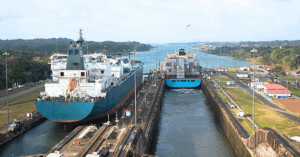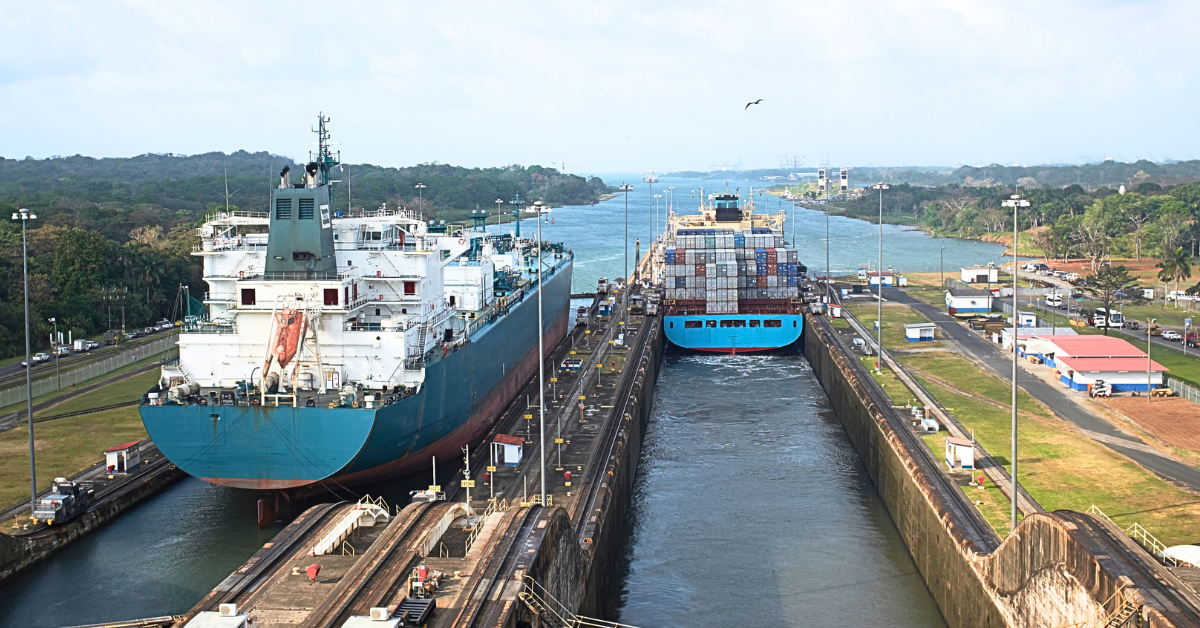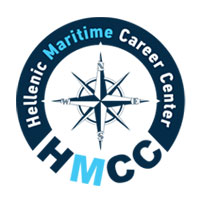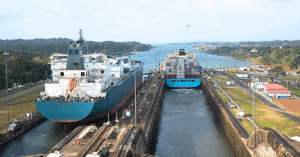
Video: Luxury Superyacht ‘Da Vinci’ Sinks After Catching Fire Off Formentera
August 13, 2025
Iraqi Navy Releases Detained Oil Tanker After Suspicion Of Fuel Smuggling
August 13, 2025

The Panama Canal is preparing to enter the port business for the first time, announcing plans for two new terminals as tensions between the United States and China continue to escalate over the strategic waterway.
According to Panama Canal Authority Administrator Ricaurte Vásquez, tenders will soon open for one terminal on the Atlantic coast and another on the Pacific. Both ports will be linked to a new liquefied petroleum gas (LPG) pipeline. The facilities will be owned by the Canal Authority but are expected to be run by private operators.
US President Donald Trump has repeatedly accused China of having control over the canal, even threatening to “take it back,” claims that Panama has firmly denied. President José Raúl Mulino has stressed that the canal is fully under Panamanian sovereignty.
While China does not operate the canal itself, Hong Kong-based conglomerate CK Hutchison Holdings currently runs two ports, one on each side of the canal, through its local subsidiary. These terminals, which use older technology, were granted long-term concessions in 1997.
The Canal Authority’s proposal to acquire ports is part of a $8.5 billion capital investment plan for the next seven years, which also covers an LPG pipeline, the construction of a new water reservoir, and improvements to roads and highways. The authority aims to use modern crane technology to move cargo more efficiently and compete with advanced ports in the region, such as Colombia’s Port of Cartagena.
President Mulino has also announced that his administration will prepare a national maritime logistics strategy to guide future port operations in the country. Meanwhile, Panama’s comptroller has filed a lawsuit against the extension of CK Hutchison’s local contract, a move that could complicate the company’s plan to sell its global terminals business to a consortium involving BlackRock Inc.
The canal has experienced an unexpected revenue boost this year as shipping companies rushed to move semi-manufactured goods and automobiles into the United States before new tariffs came into effect. This “front-loading” of cargo is expected to ease in the next fiscal year, with the Canal Authority projecting revenue of around $4.4 billion, lower than the approximately $5 billion expected this year.
Favourable weather has also helped operations in 2024. Higher rainfall has allowed the canal to maintain a vessel draft of 50 feet (15 meters), a level likely to continue until year-end. This is a significant improvement compared to the severe drought of the past two years, which forced reduced ship transits and the use of water-saving measures.
References: businesstimes, worldports
Source: Maritime Shipping News


